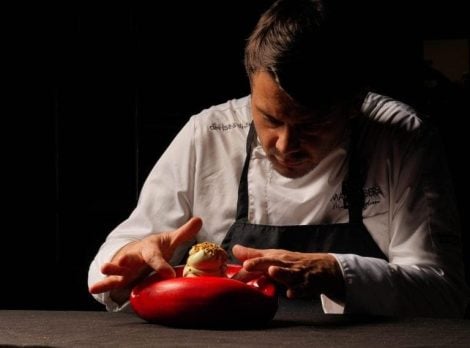The (rich) American cuisine
Stereotypes surrounding American cuisine? In Italy there are often still many, despite the fact that over time various US specialties have made their way on the tables of Italy and beyond. Iconic dishes, prepared and reinterpreted also by chefs, inevitable in pubs and loved above all by the youngest (but not only). Yet, American gastronomy is much more than a "simple" (?) hamburger: it's a varied and composite cuisine just like the country in which it was born, a gastronomy that knows how to be good, appetizing, opulent but also healthy. In fact, mentioning all the typical American dishes would be impossible: separate chapters would need to be dedicated only to sweets and many traditional street food (hot dogs, corn dogs, burgers, Sloppy Joes and other delicious sandwiches). Just as it would be appropriate to mention a typical dish for each state, but this time we'll simply reveal a little more about 10 of the most famous specialties of the cuisine of the United States of America.
Typical dishes of American cuisine
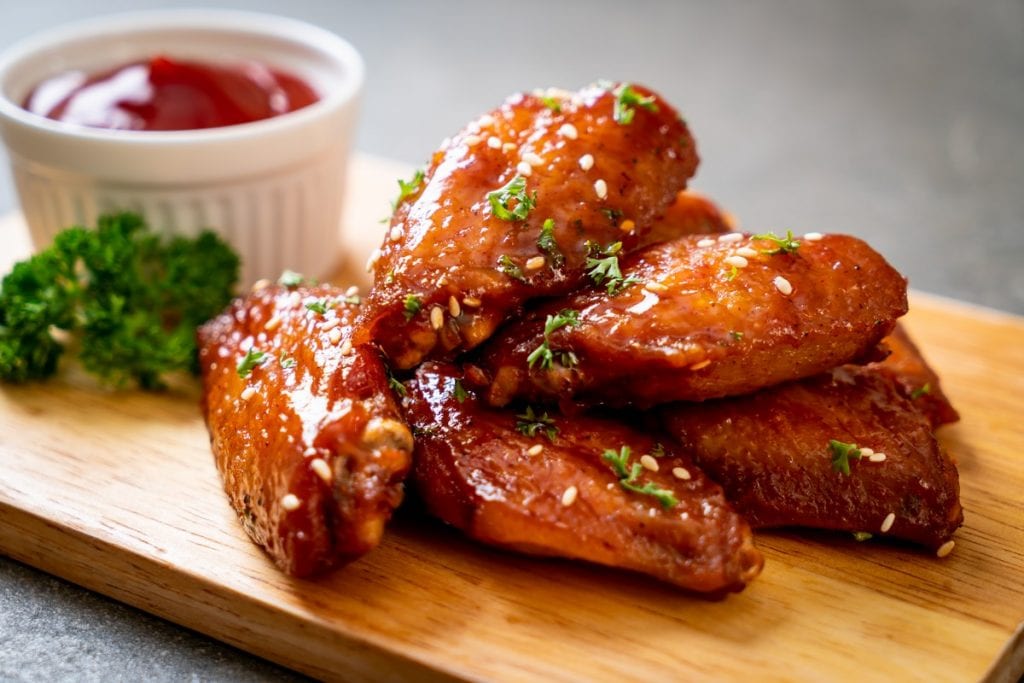
Buffalo wings
Chicken wings were born in the 1960s in the town of Buffalo, in the state of New York, more precisely at the Anchor Bar, to feed a large table. They are an essential element during outdoor parties and picnics, the perfect meal for lovers of spicy flavours. The meat is marinated with Tabasco, Worcestershire sauce and a touch of vinegar, to which bicarbonate is often added to make the wings even more crisp. They are brushed with melted butter and chilli and then baked in the oven.

Donuts
The first written record of American donuts dates back to 1809, in the volume "History of New York" by Washington Irving, which describes "balls of batter fried in fat and called donuts or olykoeks." The oly koeks (or olykoecks) of Dutch origin to which the author refers seem to be the true ancestors of the donuts (same dough and process, but without the typical ring shape), brought to the New Continent by the colonisers of the Dutch empire. Among the many popular legends about the origin of the shape, however, the most famous is attributed to Elizabeth Gregory, mother of a captain of a New England warship of the first half of the 19th century. By skilfully balancing nutmeg and cinnamon mixed with lemon peel, the woman created a "magic batter" capable of warding off colds and scurvy, an ancient disease derived from a dire lack of vitamin C, which spices and citrus fruits are rich in. For an additional nutritional contribution, Elizabeth also added hazelnuts and walnuts in the centre of the dough which, due to the weight, remained uncooked. The crew members then had to remove the central part of the batter, thus giving life to the first ring donuts. Today there is no shop, supermarket, diner, candy store or coffee bar in the United States that does not sell donuts, often decorated with coloured icing and sprinkles.
Lobster roll
When travelling to Connecticut, the state famous for being home to Yale University, it's impossible to resist eating lobster roll. A soft sandwich filled with a fresh lobster salad, a sort of fish version of hot dog invented for the first time at Perry's restaurant in Milford in 1929 and initially served as a hot dish. Over time, its popularity spread along the coast and lobster rolls have become typical local street food commonly associated with the state of Maine and the fictional town of Cabot Cove from "Murder, She Wrote," but it can be found in all New England seaside towns.
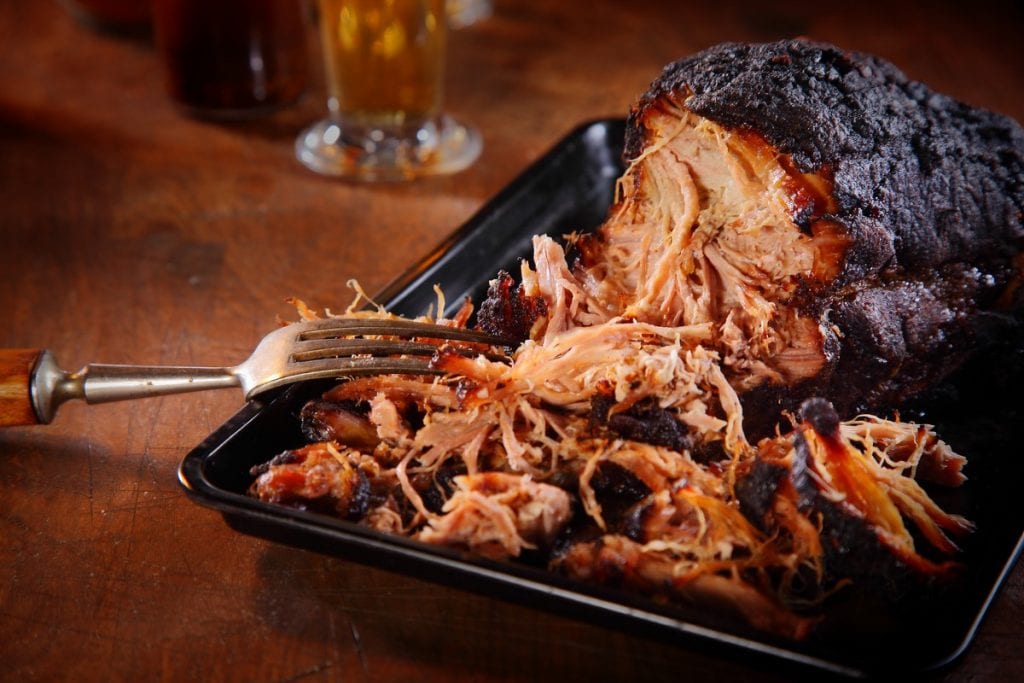
Pulled pork
Born in North Carolina, the home of barbecues and cookouts, the pulled pork recipe soon went around the world, immediately enjoying extraordinary success. It all began with the Spanish colonisation of the Americas: the Taino Indians––the first Native Americans to populate the Caribbean––used to cook meat and fish on a structure of green wooden sticks resting on a pit full of burning embers. A system that the Spaniards called barbacoa, mangling the native name, and that soon made its way into North America, giving life to the local tradition of US barbecueing. The use of pork dates back to 1540, when Spanish explorer Hernando de Soto introduced pigs to Florida and Alabama, and then again in 1607 with the English settlers of Jamestown (Virginia). By the Civil War era, animals were domesticated and pork had become the staple meat of the South. Unsurprisingly, pork has been synonymous with southern States' barbecue ever since. Pulled pork is cooked whole on the spit very slowly, so that the meat is succulent and slightly smoked, enclosed in the crispy skin. It is then pulled and shredded, a characteristic to which the recipe owes its name.
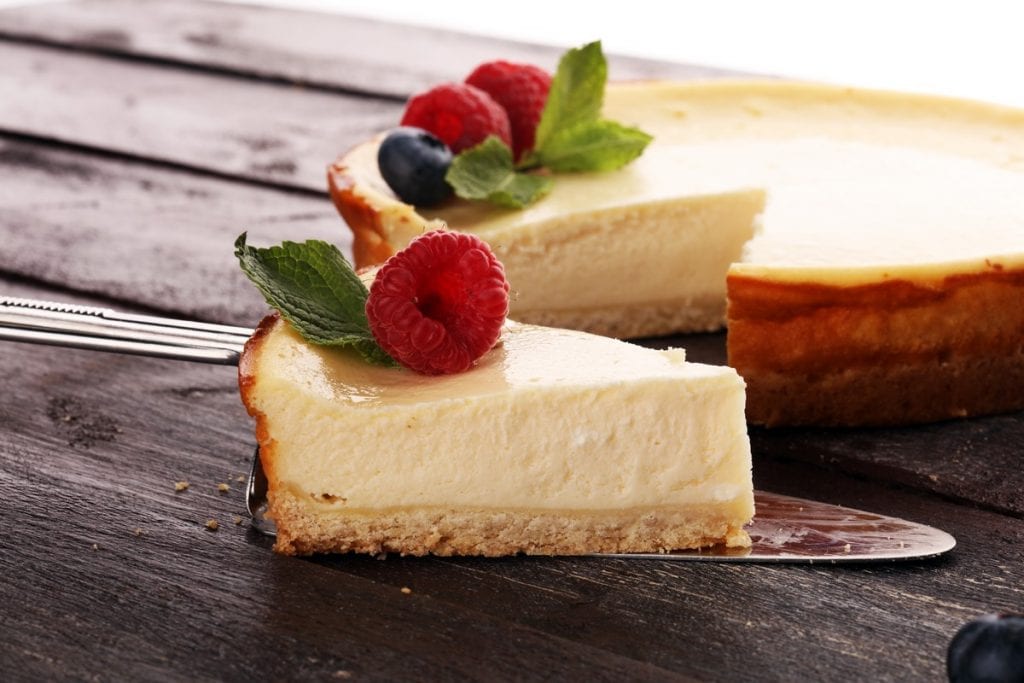
Cheesecake
It's the most popular cake made with cheese, prepared in two versions: "raw" in which the spreadable cream cheese is hardened in the refrigerator, or "cooked" that is added with beaten eggs and baked in the oven. The New York cheesecake has as its peculiarity the use of sour cream and heavy cream, but the most popular version in the United States includes the famous spreadable "cream cheese" widely used in overseas pastry. Another big difference is the base, made up of a compact layer of crumbled biscuits compacted with melted butter. The biscuits used in the original recipe are graham crackers, biscuits with a unique taste made from white flour, honey and wheat germ. Many, as a valid replacement, use dry digestive biscuits or shortbread, or sablé.
Stuffed turkey
The undisputed king of the table on Thanksgiving is undoubtedly stuffed turkey. It is necessary to start from a whole bird, which is traditionally stuffed with a mix of bread, onion and sage, but lovers of strong flavours can opt for chestnuts with sausages, perhaps added with flavoured salts. Among the classic accompaniments, creamed onions, Brussels sprouts, potatoes with gravy––a sauce prepared with the gravy of the roast––or green bean casserole (the meal includes making all of the above).
Mac ‘n cheese
The children of the Nineties know this dish well: the scene from the Christmas cult movie "Home Alone" in which little Kevin sets the Christmas Eve table with pre-cooked macaroni and cheese heated in the microwave (with a blessing!) made any non-American child hungry for some. Succulent, creamy, very fragrant, macaroni and cheese––often called just mac 'n cheese––seems to have been actually invented by the French and then spread to America thanks to President Thomas Jefferson. Today they are one of the comfort foods par excellence, commercially available in many ready-made versions. To prepare them at home, however, proceed as for any other baked pasta, but topped with cheddar cheese melted in a sort of creamy béchamel enriched with grated Parmigiano.
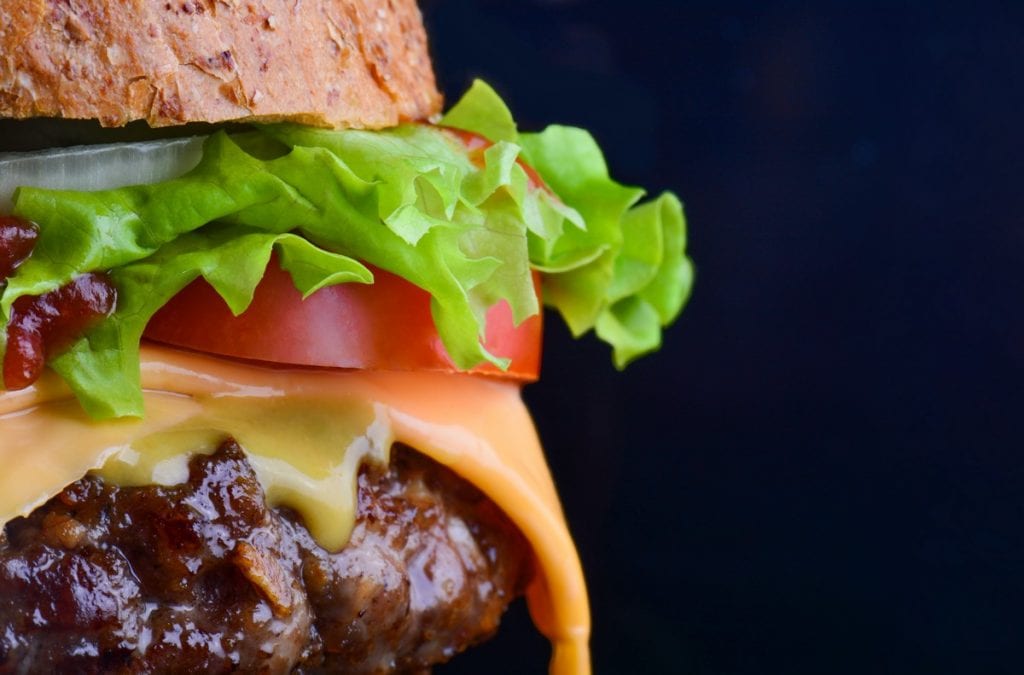
Burgers
Symbol of American cuisine, and street food item most loved by young and old, quick tasty meal, for take out, on a walk, or sitting down at a diner: the burger is perhaps the most iconic of American dishes, which has long been present in kitchens worldwide. In the classic, gourmet, vegan, light version... There are all kinds, but the original variant includes a beef patty cooked quickly at a very high temperature, so as to obtain a perfect bark (caramelized fats creating a crust). Inside, the meat must remain tender and juicy, possibly rare: the ideal cooking is therefore on the grill or a griddle for a few minutes. And then topped with sauces––including the ubiquitous ketchup––some lettuce leaves, sliced tomatoes and hamburger bread, the classic soft bun that's lightly toasted before closing the sandwich. But the interpretations are many: Let your instinct (and hunger!) guide you.
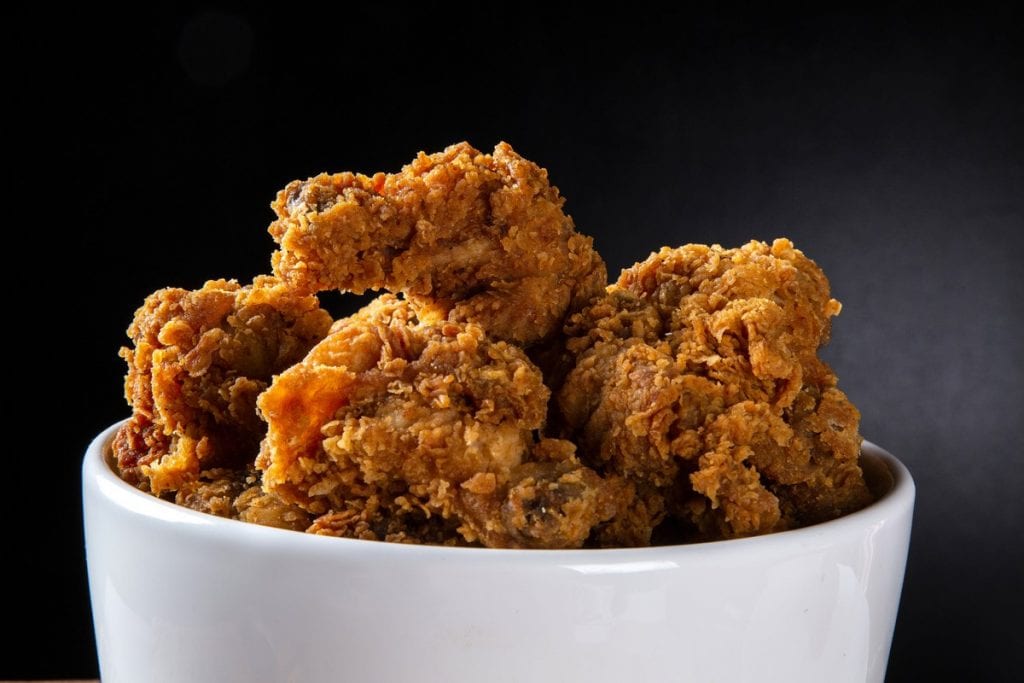
Fried chicken
Chicken meat is the most consumed in the United States, more so than pork or beef. Present in many recipes, it reaches its maximum expression in the fried variant: Kentucky fried chicken is very famous, and has also become popular thanks to KFC fast food chain that serves large buckets of fried chicken prepared according to a secret recipe. In general, however, it's chicken pieces marinated in buttermilk, the residual liquid from the transformation of cream into butter, which can also be replaced by plain white yogurt. And then smoked paprika, salt, pepper and other spices to taste which make the meat tasty and fragrant. After marinating, the chicken is dredged in flour and fried in plenty of seed oil.
Apple pie
Over time, the national dessert of the United States has been so symbolic of its people to have given rise to the term "American as apple pie" to define authentic sense of belonging. In the beginning, apples were baked in the oven and then placed on a layer of pastry similar to brisé, which served as a container. Over time, Americans began to add a top layer of crust to close the pie, creating the dessert as we know it, one of the most famous apple pies in the world. It is generally served hot, à la mode, that is topped with a scoop of vanilla ice cream or a dollop of whipped cream.
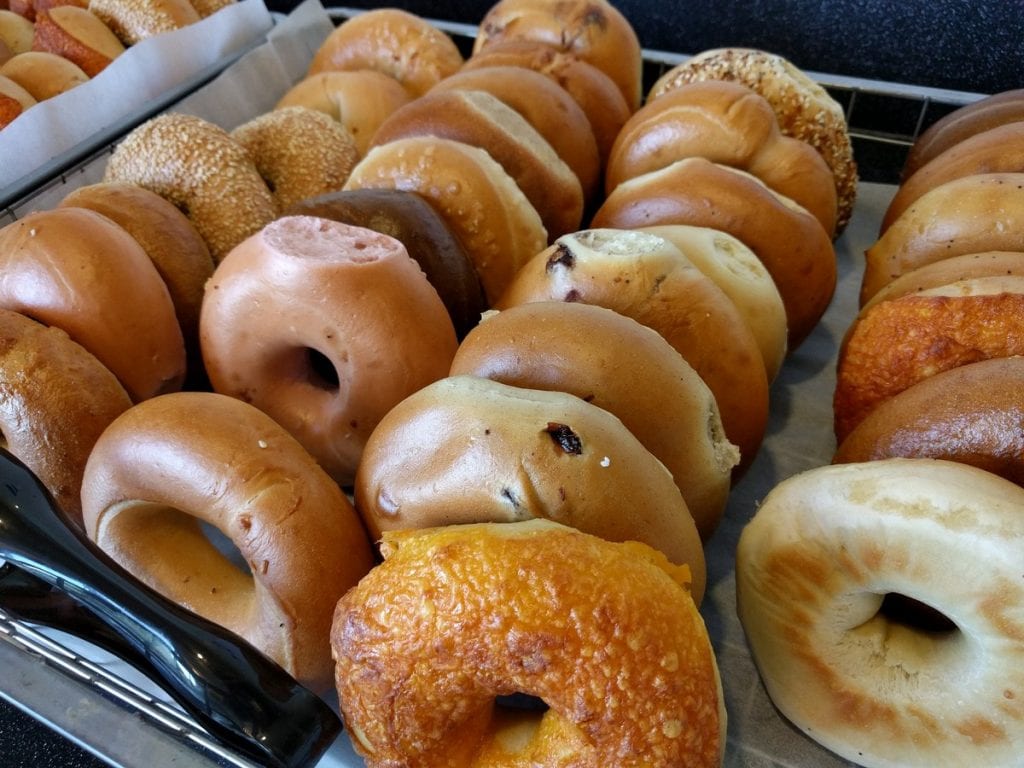
Bagels
Eaten as a snack or for a quick meal, appreciated at breakfast too, bagels are bread donuts that draw inspiration from the Jewish tradition, in particular from the Polish "krakow bagel." It was precisely the bakers of Poland, a country officially charged with supplying bread to all of Europe during the 17th century, who created––after the decisive intervention of King Jan Sobieski (John III of Poland) against the Ottoman Empire in the Battle of Vienna in––a ring-shaped bread roll that resembled the shape of the king's staff, the beugel (in Austrian, staff). The first written mentioning bagels, however, is "Community Provisions" of the city of Krakow dated 1610, in which the custom of bajgel is reported, small rings of bread offered as a gift to pregnant women as a symbol of the life cycle. Between myths and legends, one fact is certain: bagels became famous over the centuries due to their shelf life: much longer than that of traditional bread. Water, flour, salt, yeast and malt are the ingredients that make up the dough, first boiled and then baked in the oven, and often enriched with poppy or sesame seeds. Most of the time, it is eaten as a savoury dish, stuffed with spreadable cheese and smoked salmon, or even vegetables or ham, but it can also be enjoyed in combination with chocolate and jams.
by Michela Becchi

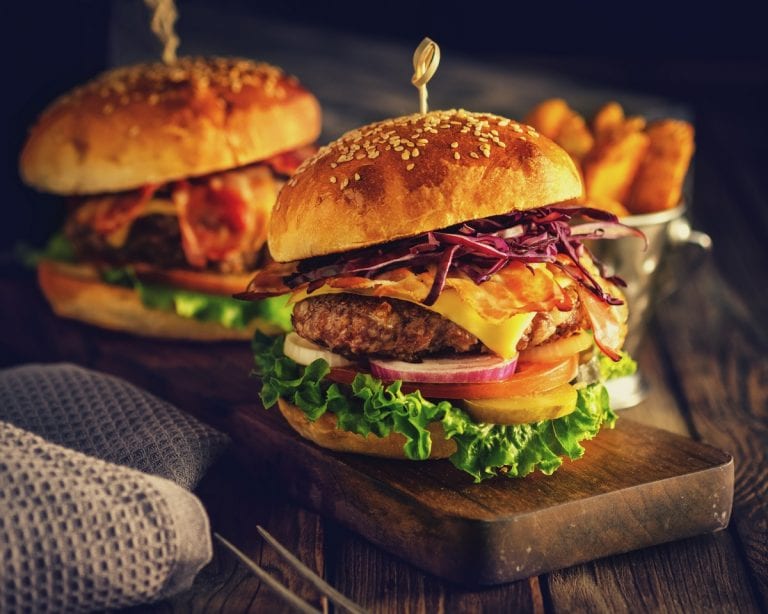
 For the first time, Vini Rari arrive at Vinitaly 2025. Here's what they are
For the first time, Vini Rari arrive at Vinitaly 2025. Here's what they are Here are all the events to watch out for at Vinitaly 2025
Here are all the events to watch out for at Vinitaly 2025 The tricolour arrives on DOC and DOCG wines. Lollobrigida: "This is how we promote Italian identity"
The tricolour arrives on DOC and DOCG wines. Lollobrigida: "This is how we promote Italian identity" Ten tastings not to miss at Vinitaly 2025: from “new” Barolos to vegan wines, Chianti Classico to skin-contact wines
Ten tastings not to miss at Vinitaly 2025: from “new” Barolos to vegan wines, Chianti Classico to skin-contact wines Farewell cacio e pepe in New York. "With tariffs, Pecorino Romano will also become more expensive." The warning from Giuseppe Di Martino
Farewell cacio e pepe in New York. "With tariffs, Pecorino Romano will also become more expensive." The warning from Giuseppe Di Martino

